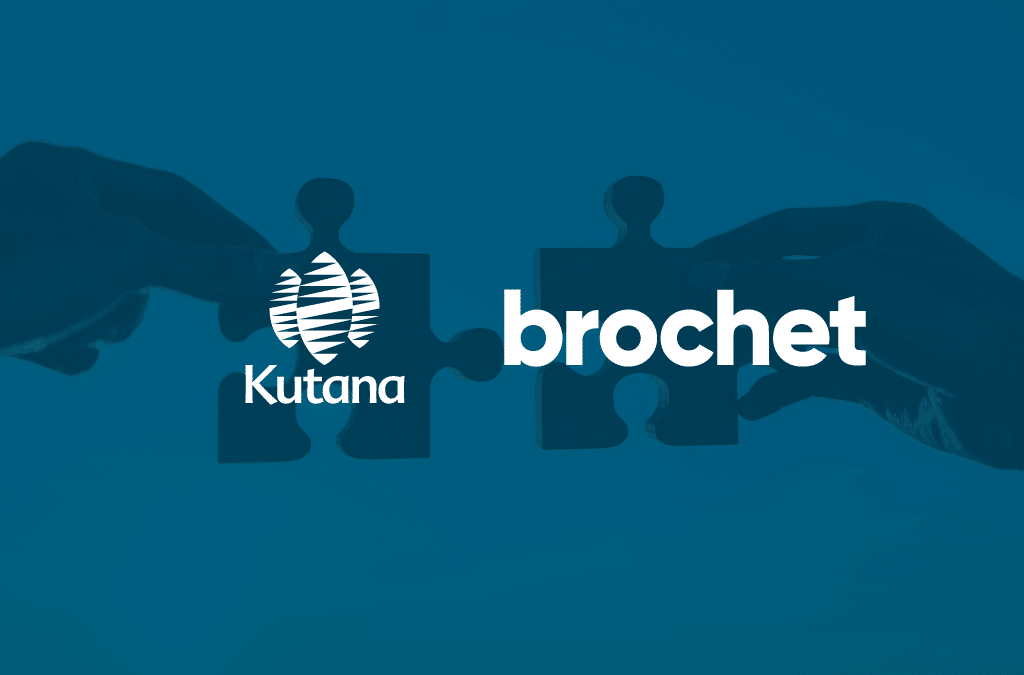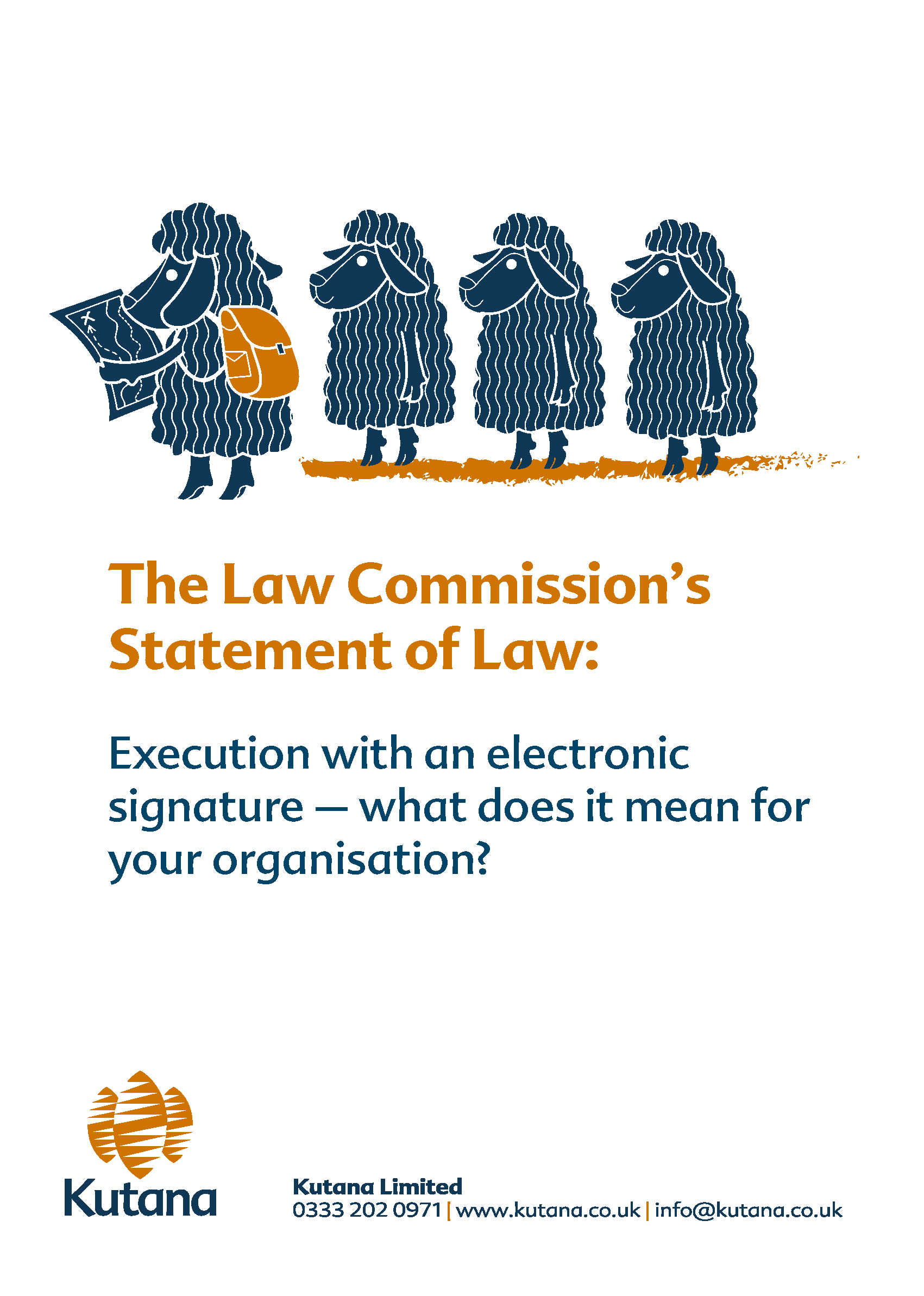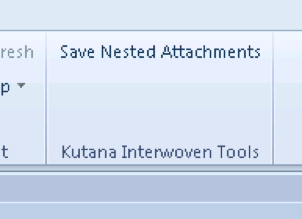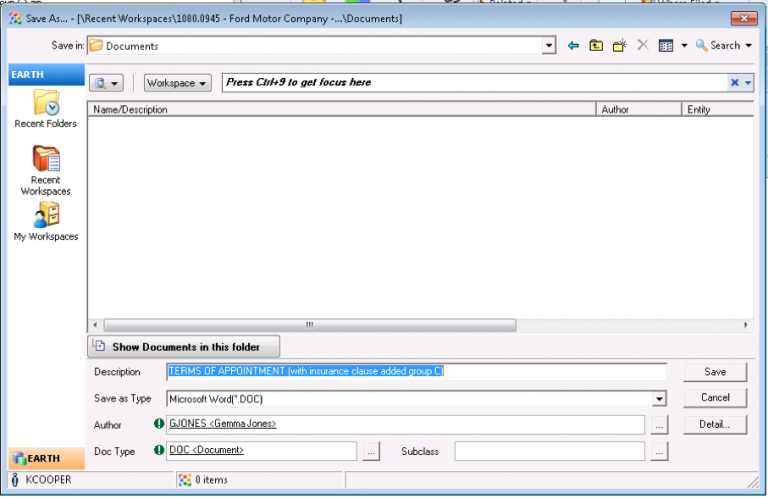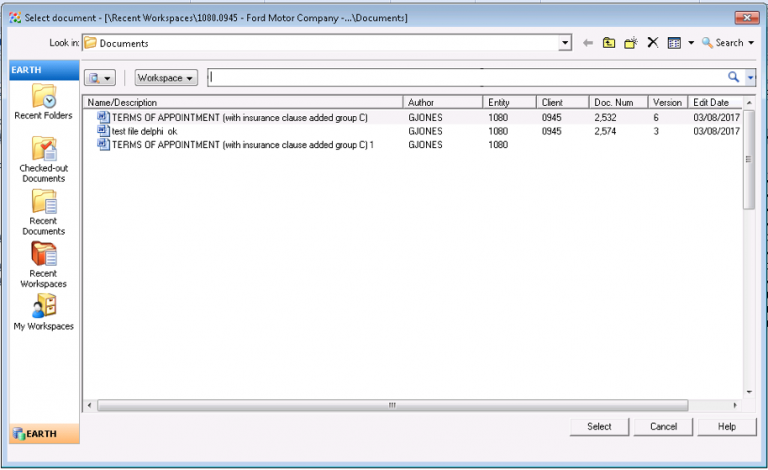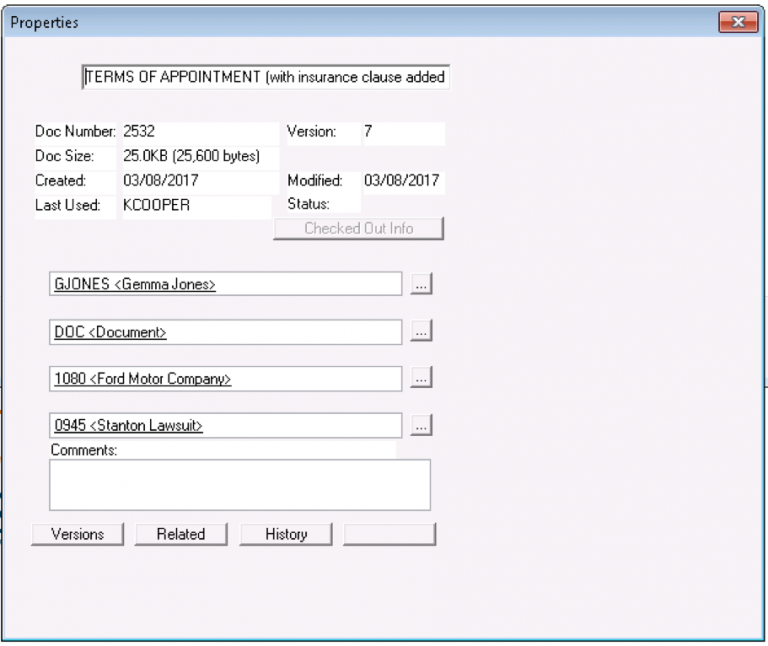
Don’t forget the day job: Is transformation holding your users back?
If you speak to any law firm IT department about what is on top of their to-do list right now, you can almost guarantee that it will involve a long list of projects around upgrading their document management system; moving their data to the cloud; achieving a Cyber Essentials certification; or any variant of the above.
There is no question that these big picture projects are essential to help firms modernise and take advantage of functionality that in many cases will only be available in the cloud. With one big caveat. In amidst the noise of digitisation and innovation, ensuring that users are able to undertake what should be the simplest of tasks is being forgotten.
A Tidal Wave of Change
Technology by its nature is always changing, and anyone who has worked in the legal sector for a long time will attest to the fact that ‘change’ per se, is not new. What is new, is that we are now facing fairly seismic change, with IT departments overrun with demands from the business to provide the latest generative AI solution, while having to undertake complex, and in many cases long overdue, infrastructure upgrades.
All of this is set against a backdrop of economic volatility – and in some cases budget cuts – as well as the lingering effects of Covid-19, particularly the need to facilitate long term hybrid working. Is it any wonder that IT teams attest to being completely overwhelmed by their day job?
The more important question, however, is whether the users – who, after all, this technology is there to benefit – can do their day job. And the answer is that they often can’t.
Too often, law firm users are battling with basic tasks, such as editing PDFs, redacting documents, or formatting documents in Microsoft Word. Ask your users how they are redacting documents, and it is quite likely that you will find there are people who are printing documents off, redacting them manually, and scanning them back in. This is a monumental waste of time which, played out across an organisation, represents hours of time that could be better spent. With fee-earners increasingly undertaking this work themselves, it also represents hours of unrecoverable time and lost billable hours.
Digital Strategies – Putting the User First
In McKinsey’s State of Organisations 2023 report, one of the 10 shifts that organisations are identified as grappling with is that they often announce technological or digital strategies without having the right capabilities to integrate them. For an organisation to perform better than their competitors, they need to identify work that is integral to their output and create an ‘institutional capability’ around it that includes people, process, and technology. McKinsey says:
“When well produced, such capabilities become a lasting edge, leading to consistent outperformance and growth in competitive advantage over time.”
For law firms, ensuring that users are able to deliver their work product quickly and effectively should be treated as an institutional capability, with the right resources, technology and workflow dedicated to it.

One example of this is that any cloud migration project needs to build in an assessment of how the user experience is impacted. While there are many advantages in moving to the cloud, often the cloud version of an application is quite different to the desktop. Users can find it slow and unfamiliar, and there may be favourite features that are no longer available. It is important to know who in an organisation is engaging with users on this, and what processes are in place to decide what users experience of the cloud should be.
Users’ needs have to come first in any cloud implementation strategy to ensure adoption and efficiency. Legal professionals aren’t ‘stupid’ if they don’t understand technology, it just means that the technology, and dare we say the organisation, has not done its job.
Conclusion
Change is only good when the reasons for doing it remain at the forefront of decision-making, and the end user doesn’t get left behind.
You can have all the cutting-edge technology you like, but if the people creating your work product don’t know how to use it in their day-to-day lives, then that represents an institutional failure. With a shift in focus, this can very easily be flipped on its head to become a competitive advantage.

